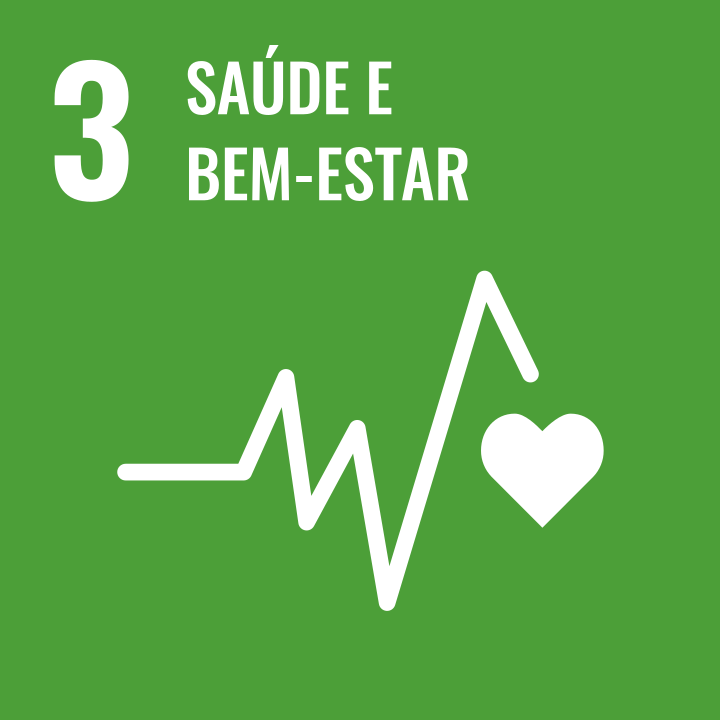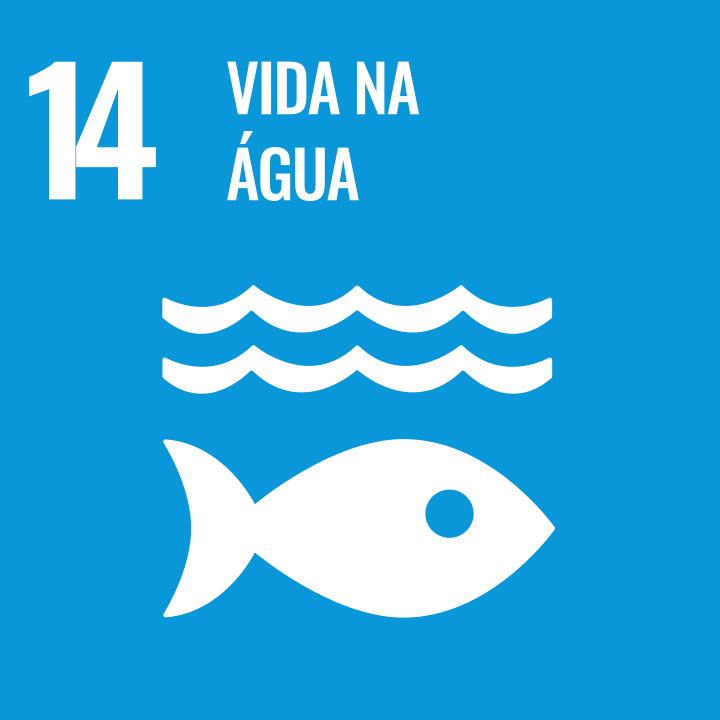An innovative and sustainable mining
Our sustainable development strategy aims at mining based on innovative practices to advance in the areas of climate change, natural resources and responsible production. Conserving the environment is essential for us for the continuity of business and ensuring access to natural resources for future generations.
To this end, we seek to rationally extract the mineral resources necessary for our operation and work to continuously reduce the impact of our activities on the environment, with a focus on reducing greenhouse gas (GHG) emissions, on water efficiency and on impacts on the biodiversity.




